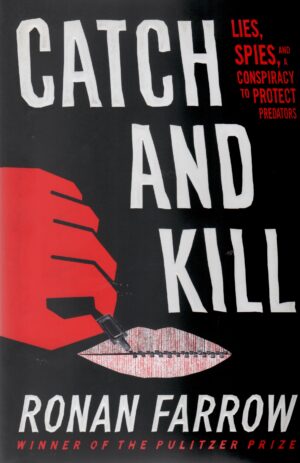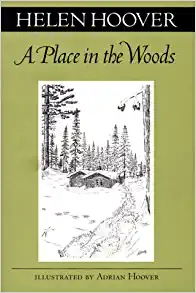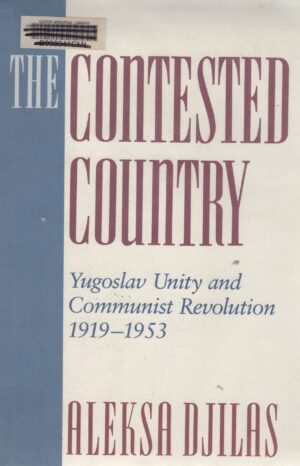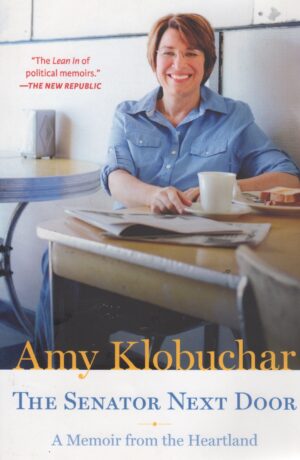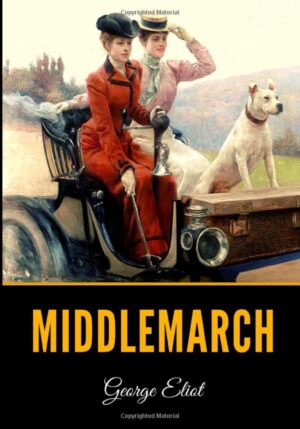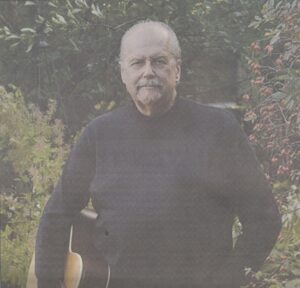
INTERVIEW OF ERIC PELTONEIMI
MM:
Let’s start with your Finnish roots.
EP:
I was born in St. Paul while my Dad was in law school. Kip was, too. My Dad was born and raised in New York Mills which used to be a very Finnish town. You could hear the language spoken on the street, at the creamery and in the restaurant and barber shop. By the time I was four and a half years old we had moved back to the Mills area for a brief stay at my grandparent’s farm, then to nearby Wadena. My brother and sister and I often spent time at the farm in our younger days and would go into town with Grandpa where we heard him talking to his friends in Finnish. We also went to the farm for sauna. Grandpa sang songs to me when I was younger, but the Finnish side of the family were Apostolic so we didn’t hear much from them. They did have an old cylinder record player with some Finnish cylinder recordings. Later family friend Irja Hanson properly introduced me to Finnish songs and gave me songbooks from Finland. My Dad read to us from an English translation of Kalevala.
MM:
Like being a real estate novelist (my apologies to Billy Joel), choosing a career in music is a pretty risky endeavor.
EP:
When I was out at the farm, I often went through my Grandpa’s dresser so I could see his WWI medals and silver Colt revolver. He was a wounded and earned the Silver Star. My mother never knew, but he let me shoot the pistol when I got older. One day when I was 11 or 12, I crawled under my grandmother’s bed and discovered an old Sears mail order guitar in a dusty case. My Grandma told me it was hers and that she used play in a family band with her sister on fiddle and her dad on pump organ. They weren’t Finns but used to play ‘old timey’ country music at house parties and barn dances. Grandma’s mother was from Scotland so they also played Scottish songs like “Annie Laurie.” I tinkered with the untuned guitar every time I was at the farm and one day, she just gave it to me. My best friend got an old guitar from his grandparents, as well: his older brother already played and taught us how to tune the strings and showed us chords. We began playing old-time country: songs by Eddy Arnold, Ray Price, and others, and we were off to the races. Eventually, we played fairs, town dances, and appeared on local radio and television. We liked all kinds of music: early rock, doo-wop, folk, and started writing songs. We later got into old country blues artists, singer-songwriters like Bob Dylan, and some of the British Invasion bands.
MM:
Was Finnish spoken at home? What’s your proficiency in the language?
EP:
My mother wasn’t Finnish so it wasn’t spoken in the home. She was Swedish and Norwegian, although if she had lived a little longer, Ancestry.com would have showed she was also part Finn. Kip and I only heard Finnish from our grandfather, his brothers and friends, and the little bit of what my Dad knew. Finnish as a language was already disappearing. Our local music store in Wadena had a large section of albums imported from Finland and we bought a copy of every one of them. I started picking up Finnish from those songs and took Finnish classes as well. I have never been strong as a Finnish speaker. I was at my peak back in the 1990s and 2000s when I was in Finland more often. I’ve lost a lot of it in recent years, but when I go to Finland to hang out with my friends, comes back a little.
MM:
Watching the great Finnish film Ikitie (about Jussi Ketola) I noticed you wrote a song for the film, “Punainen”. Talk a bit about that song and writing songs in Finnish.
EP:
I didn’t write “Punainen” for the film. I’d written it in the 1990s in response to first hand stories of historic persecution and prejudice against Finns. I may have only sung it publicly a couple of times, but while in Finland, I taught the song to my friend Hannu Saha’s son, Topi, who began singing it. The song supervisor for Ikitie was Karri Miettinen and he happened to hear Topi sing it. He played it for producer Ilkka Matila and director AJ Annila. They loved it and asked me if it could be part of the film. After getting my OK, they decided I should be in the film, too. The scene in the film with the song wasn’t in Antti Turri’s novel, but he also loved the idea of creating a scene for the song. AJ, Ilkka, and Antti were great people to work with. The film is about a very dark chapter of Finnish, Finnish American, and Finnish-Canadian history in Karelia. But the film was expertly written, directed, and acted by some of Finland’s, Denmark’s, and Estonia’s best actors. It was shot mostly in Estonia and I had a ball doing it!
In the late 1980s or early 1990s, Finnish folklorists toured the UP, Wisconsin, and Minnesota recording Finnish Americans singing Finnish songs. Someone turned them on to me and they came to my house to record me, which led to me recording an album of Finnish and Finnish-themed songs for EiNo Records in Helsinki. The theme of that year’s Kaustinen Folk Festival was Juuret Suomessa, so they brought a whole bunch of us over to sing and play at the festival.
I’ve been back several times, touring clubs and playing festivals. It’s kind of my second home and, honestly, I think I have more friends there than I do here! Finland is a very natural place for me demographically and culturally. It also happens to be ranked as one of the top five societies in the world.
MM:
An online biography indicates that, after honing your musical skills in the area you were raised, you migrated to folk/rock music and played in several bands, including Trova, Suomi Orkesteri, and Trova Ystavineen.
EP:
I like playing solo and with bands equally. I like the interaction with other musicians, but playing solo allows you to dive deeper into a song. I left full-time playing with a band to focus at Red House Records which was demanding more of my time. But I wouldn’t rule out playing in the right group again. In 1969, I’d been in college, but not very focused in my studies (I mostly played music in coffeehouse). The Vietnam War was on and I got tired of renewing my student deferment so I enlisted in the Air Force. To my surprise, I was rejected from the services as 4F. I immediately dropped out of school, headed to New York City, and started to play my songs around Greenwich Village. There has been no looking back.
MM:
You’ve worked in musical theater, writing music and lyrics for the stage. I note that one of the most influential works you had a hand in, Ten November (working with playwright Steven Dietz) not only drew regional accolades for the work but the music from the play became an album featuring yourself and some great regional names in folk music: Prudence Johnson, Ruth Mackenzie, Peter Ostroushko, and others.
EP:
Writing songs and music for film and the theater differs only in that I’m more often writing about something specific to the plot or general theme; the tools and skills I have accrued over the last 60 years are the same. I’ve never written a theatrical song for an already existing plot. I’ve always been a full partner working side by side with the playwright creating the play.
Ten November was a life-changing experience–very meaningful to me and probably the highlight of my career. Its Great Lakes theme dealt not only the Edmond Fitzgerald story, but with other shipwrecks: the power of nature and loss. It also examined potential causes of the sinking, the legal ramifications, and the human components. I met people who’d lost a family member on the Fitzgerald and other wrecks. Their positive response to the show was a humbling experience.
MM:
In addition to all your creative work, you took over the reins of one of the most beloved (at least by me!) folk/Americana labels in the music industry, Red House Can you give the readers of FAR a short history of Red House and its work in promoting musicians that aren’t always household names? I believe the notion of an independent label headquartered in St. Paul, MN started as idea that Greg Brown, another legendary singer/songwriter, shared with Bob Feldman.
EP:
After going to New York for a couple of years as a performing artist, my management moved our operations to Los Angeles. While there I had a day job working for an artist studio that designed many of the iconic LP packages of early 70s rock and pop music. I was just a lackey there but I picked up a lot of skills relating to the music business. After LA and a short time in San Francisco I moved back home, got married and had a child on the way. I decided to stop actively performing then and focus on the album production side of the music. I produced two albums for Flying Fish Records in Chicago and a well-received album for Spider John Koerner. In the course of the Koerner project, I met Bob who had recently started Red House Records with Greg Brown. Bob was a terrific entrepreneur but was doing all of the label work from his dining room. He wanted the Koerner project at Red House. I agreed and we became friends. At some point I noticed I was actually working at Red House and had become the first employee. My skills and Bob’s skills complimented each other, and due to a convergence of many factors, like the emergence of A Prairie Home Companion (our national platform), our artist roster and own talents, Red House grew into an internationally-distributed record label earning Grammy Awards.
MM:
Red House promoted and sold music written and performed by some of America’s best: Jorma Kaukonen, John Gorka, Eliza Gilkyson, Lucy Kaplansky, Spider John Koerner, and many others. What was your day-to-day role in signing performers and supervising the production of their music at the label?
EP:
I either produced a recording session in the studio myself or interacted with outside producers we brought in for a specific project. Originally, everything was recorded in the Twin Cities. But soon our artists were being recorded in New York, Austin, Nashville, Los Angeles, Canada, Scotland, and England. Part of my job was trying to make sure we got the best results we could, without running up too much cost¾a lot of time on the phone and staring at a computer screen! I also interacted with artists at the recording stage, discussing their projects and what they hoped to achieve. Finally, I coordinated designers around the country commissioned to design album packaging.
MM:
One of the founders of Red House passed in 2017 and eventually, the label was purchased from his estate by Compass Records, a Nashville, TN label. Talk a bit about that process and what led to you leaving Red House? What have you been doing to keep your own creative juices flowing since Red House was acquired by Compass and you left your post as President of Red House?
EP:
Bob died in 2006 and I became president of the label with the mission of carrying on our vision. I stayed on as president for over ten years but longed to get back to my own creative work. The record industry was changing, and I thought the label could use some younger leadership. I took a sabbatical and went to Spain. My wife’s family is from Spain; most of her relatives are there. I spent time with them and walked the Camino de Santiago pilgrimage by myself. It was a fantastic experience and when I came back, I’d pretty much decided to retire from Red House. The label carried on for a couple more years, and then Bob’s wife Beth decided to sell it to Compass. Garry West and Allison Brown, who run Compass, are old friends and have a similar mission so it was the perfect hand off.
MM:
Any chance we’ll see you and/or your musical brother, Kip, performing at the upcoming Finn Fest in Duluth? Where can folks find your music?
EP:
Kip and I will both be there, though not performing together like we often do. I’m looking forward to it. I hope folks can come.
As for my music, my Finnish albums are out of print. The only two recordings currently available are my solo English-language album, Songs of Sad Laughter and the cast recording of Ten November. Prudence Johnson, Ruth MacKenzie, Claudia Schmidt, the late Peter Ostroushko, Dan Chouinard, Jeffrey Willkomm and I toured a concert version of the play’s music three times around the Great Lakes states under the name “Gales of November” to differentiate our concerts from the actual play.
Like the shoemaker’s children who go barefoot, I’ve been slow to make new recordings (COVID partly being to blame), but I have some new stuff in the works that might be ready by Finn Fest. I also love doing house concerts. Folks can Contact me if they’re interested in producing such an event at [email protected] !
(This interview first appeared in the April 2023 issue of the Finnish American Reporter.)







